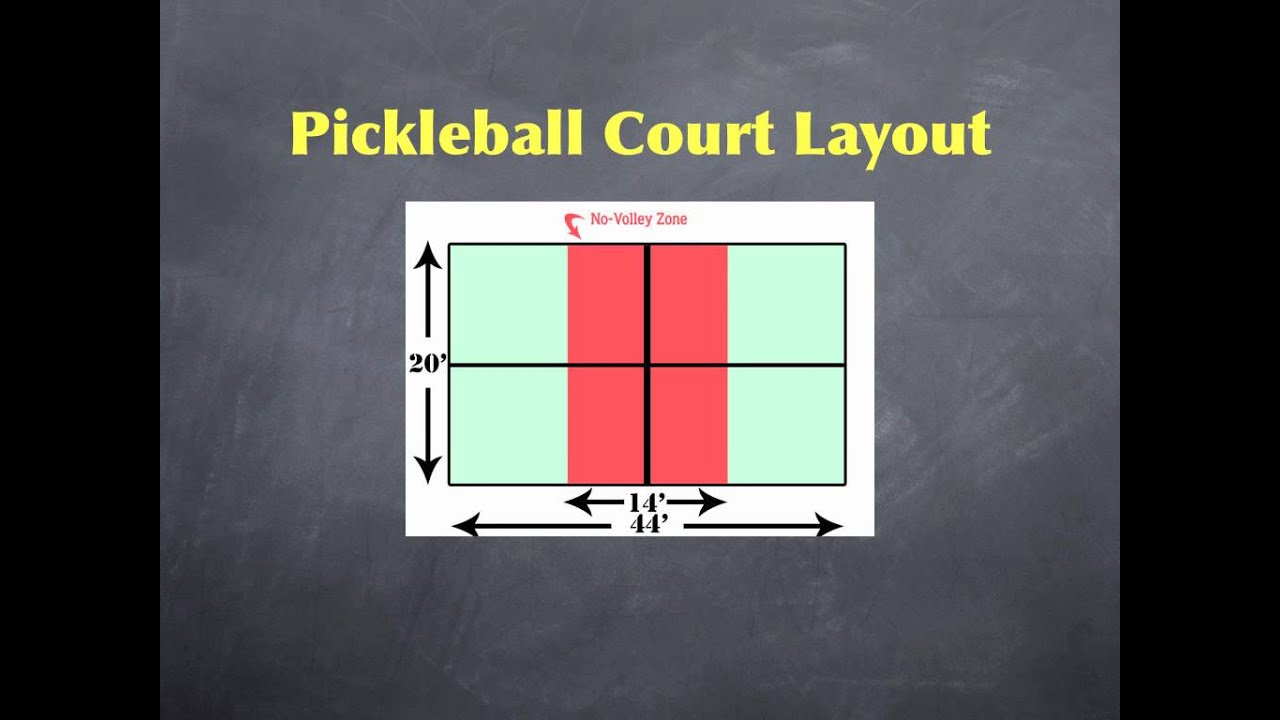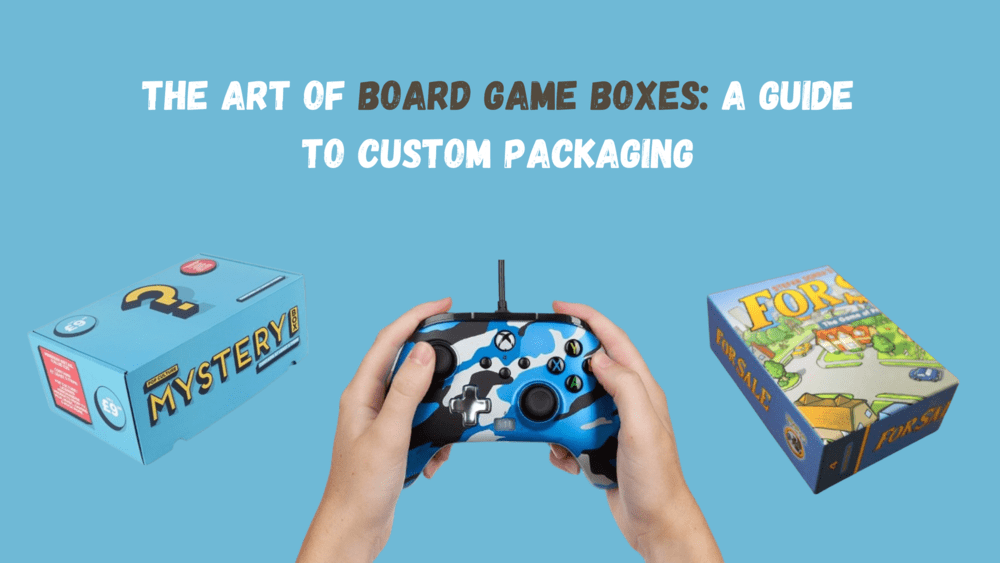Pickleball has gained tremendous popularity in recent years, attracting players of all ages due to its accessibility and engaging gameplay. One crucial aspect that contributes to the success of a pickleball game is the understanding of court dimensions. In this blog post, we’ll delve into the blueprint of success, exploring the key elements of pickleball court dimensions.
The Basics of Pickleball Court Dimensions:
Pickleball courts are specifically designed to enhance gameplay and ensure a fair and competitive environment. Understanding the dimensions is fundamental for players, organizers, and enthusiasts alike.
- Court Length and Width:
- The standard dimensions of a pickleball court are 44 feet in length and 20 feet in width for doubles play. For singles play, the width is reduced to 10 feet, creating a more dynamic and challenging setting.
- Non-Volley Zone (NVZ) or Kitchen:
- The NVZ, often referred to as the kitchen, is a critical component of the court. It extends 7 feet from the net on both sides, preventing players from making volleys while standing inside this area. Mastering the art of playing around the kitchen is essential for strategic gameplay.
- Net Height:
- The net in pickleball is set at 36 inches at the sidelines and 34 inches at the center. This slight tapering ensures a fair game, allowing players to engage in dynamic rallies while maintaining a reasonable height for volleys.
- Service Courts and Zones:
- The court is divided into service courts and zones, with each player or team taking turns serving from behind the baseline. Proper understanding of the service areas and zones is crucial for effective serves and scoring points.
Why Pickleball Court Dimensions Matter:
- Fair Play: Standardized court dimensions promote fairness and consistency in the game, ensuring that players face similar challenges regardless of where they play.
- Strategy: Mastering the dimensions allows players to develop strategic moves, taking advantage of court features such as the NVZ and service zones.
- Competition: In competitive play, adherence to court dimensions is crucial. Understanding these dimensions gives players a competitive edge, allowing them to navigate the court with precision.
Conclusion:
In the world of pickleball, success is often determined by a combination of skill, strategy, and a deep understanding of the game’s fundamentals. The blueprint of success starts with comprehending the pickleball court dimensions. Whether you’re a seasoned player or a novice enthusiast, embracing these dimensions will undoubtedly elevate your pickleball experience.
Remember, the key to success lies not only in mastering the technicalities but also in enjoying the game and the camaraderie it fosters among players. So, step onto the court with confidence, armed with the knowledge of pickleball court dimensions, and let the game unfold with the promise of excitement and success.
FAQ’s
Q1: What are the standard dimensions of a pickleball court?
A1: The standard dimensions of a pickleball court for doubles play are 44 feet in length and 20 feet in width. For singles play, the width is reduced to 10 feet.
Q2: What is the Non-Volley Zone (NVZ) or Kitchen?
A2: The Non-Volley Zone, commonly known as the kitchen, is a crucial area on the pickleball court. It extends 7 feet from the net on both sides, and players are not allowed to make volleys while standing inside this zone.
Q3: How high is the net on a pickleball court?
A3: The net on a pickleball court is set at 36 inches at the sidelines and 34 inches at the center. This tapering ensures a fair and consistent height for volleys.
Q4: What are the dimensions of the service courts and zones?
A4: The court is divided into service courts and zones. Players or teams take turns serving from behind the baseline. Proper understanding of the service areas and zones is essential for effective serves and scoring points.
Q5: Why does the pickleball court have specific dimensions?
A5: Standardized court dimensions promote fair play and consistency in the game. They provide a level playing field for players, ensuring that challenges remain similar regardless of the playing location.
Q6: Can you step into the Non-Volley Zone (NVZ) during play?
A6: Yes, players are allowed to enter the Non-Volley Zone, but they cannot make volleys while standing inside it. The NVZ adds a strategic element to the game, requiring players to carefully position themselves during play.
Q7: Are there different court dimensions for recreational and professional play?
A7: No, the court dimensions remain the same for both recreational and professional play. Standardization ensures that players of all levels experience consistent gameplay.
Q8: How do pickleball court dimensions contribute to strategic gameplay?
A8: Understanding court dimensions is crucial for strategic gameplay. Players can use the dimensions to their advantage, employing tactics around the Non-Volley Zone and making precise serves within the designated service areas.
Q9: What happens if the ball goes out of bounds during a game?
A9: If the ball goes out of bounds, the opposing team earns a point. Proper court dimensions help in defining the boundaries, and players need to stay within these lines for fair and competitive play.
Q10: Can you play pickleball on a regular tennis court?
A10: While it’s possible to play pickleball on a tennis court, the dimensions are different. For the best experience, it’s recommended to play on a dedicated pickleball court with the proper dimensions.
Q1: What are the standard dimensions of a pickleball court?
A1: The standard dimensions of a pickleball court for doubles play are 44 feet in length and 20 feet in width. For singles play, the width is reduced to 10 feet.
Q2: What is the Non-Volley Zone (NVZ) or Kitchen?
A2: The Non-Volley Zone, commonly known as the kitchen, is a crucial area on the pickleball court. It extends 7 feet from the net on both sides, and players are not allowed to make volleys while standing inside this zone.
Q3: How high is the net on a pickleball court?
A3: The net on a pickleball court is set at 36 inches at the sidelines and 34 inches at the center. This tapering ensures a fair and consistent height for volleys.
Q4: What are the dimensions of the service courts and zones?
A4: The court is divided into service courts and zones. Players or teams take turns serving from behind the baseline. Proper understanding of the service areas and zones is essential for effective serves and scoring points.
Q5: Why does the pickleball court have specific dimensions?
A5: Standardized court dimensions promote fair play and consistency in the game. They provide a level playing field for players, ensuring that challenges remain similar regardless of the playing location.
Q6: Can you step into the Non-Volley Zone (NVZ) during play?
A6: Yes, players are allowed to enter the Non-Volley Zone, but they cannot make volleys while standing inside it. The NVZ adds a strategic element to the game, requiring players to carefully position themselves during play.
Q7: Are there different court dimensions for recreational and professional play?
A7: No, the court dimensions remain the same for both recreational and professional play. Standardization ensures that players of all levels experience consistent gameplay.
Q8: How do pickleball court dimensions contribute to strategic gameplay?
A8: Understanding court dimensions is crucial for strategic gameplay. Players can use the dimensions to their advantage, employing tactics around the Non-Volley Zone and making precise serves within the designated service areas.
Q9: What happens if the ball goes out of bounds during a game?
A9: If the ball goes out of bounds, the opposing team earns a point. Proper court dimensions help in defining the boundaries, and players need to stay within these lines for fair and competitive play.
Q10: Can you play pickleball on a regular tennis court?
A10: While it’s possible to play pickleball on a tennis court, the dimensions are different. For the best experience, it’s recommended to play on a dedicated pickleball court with the proper dimensions.





